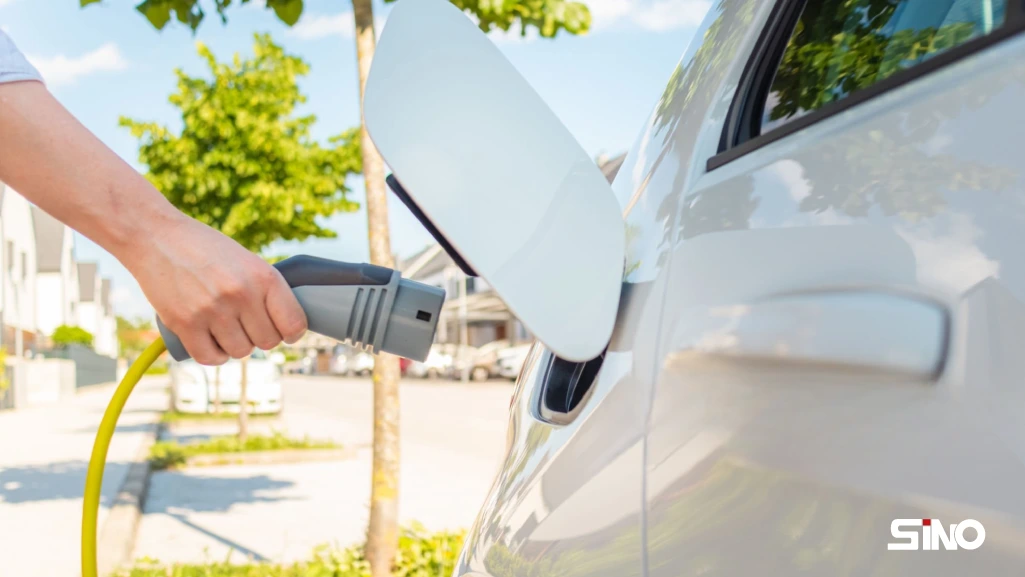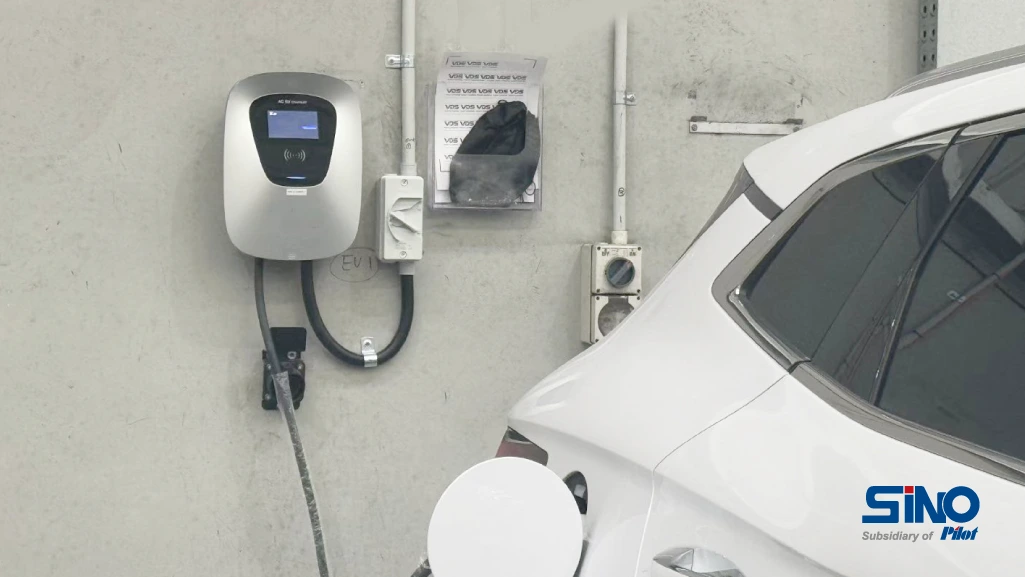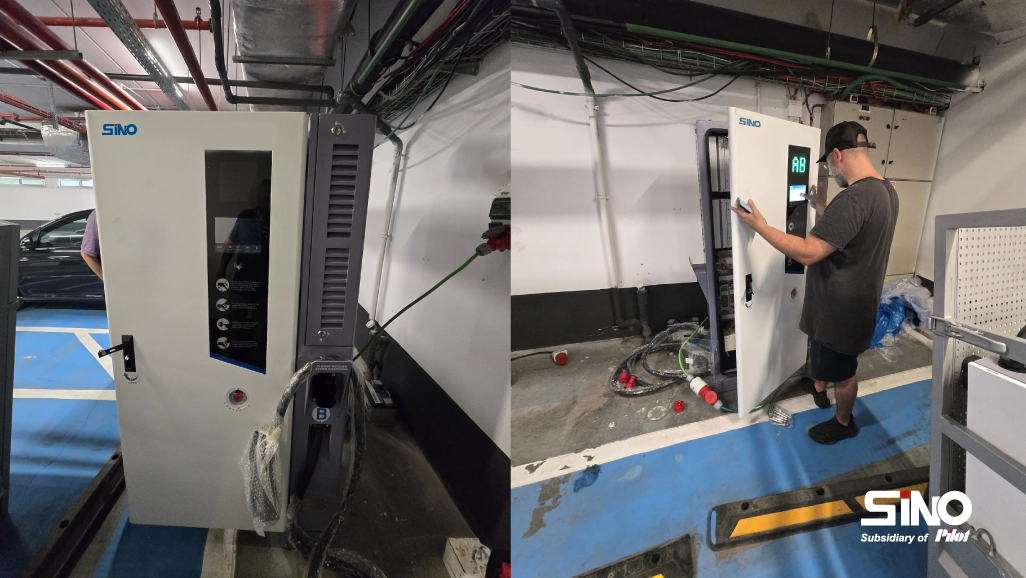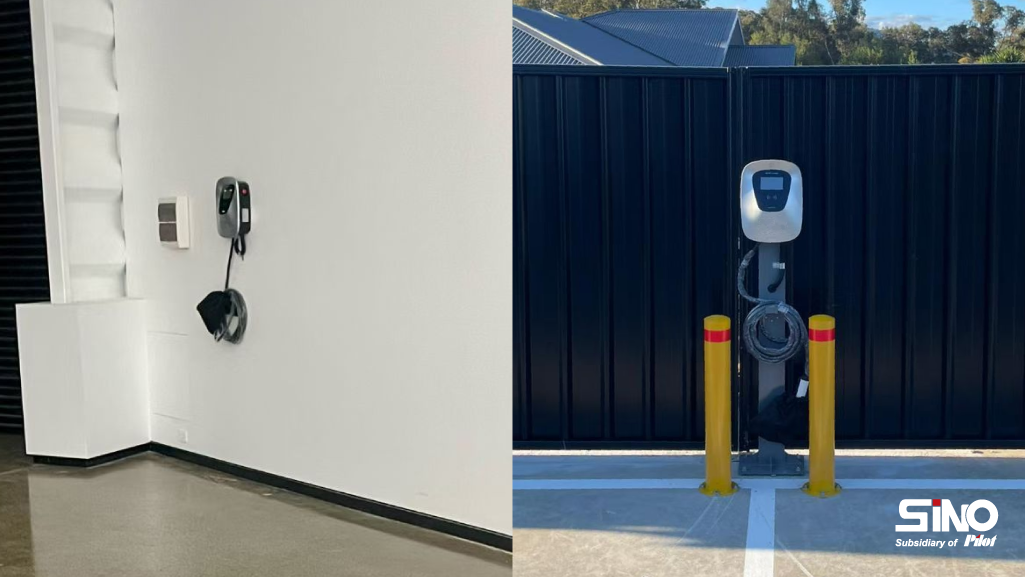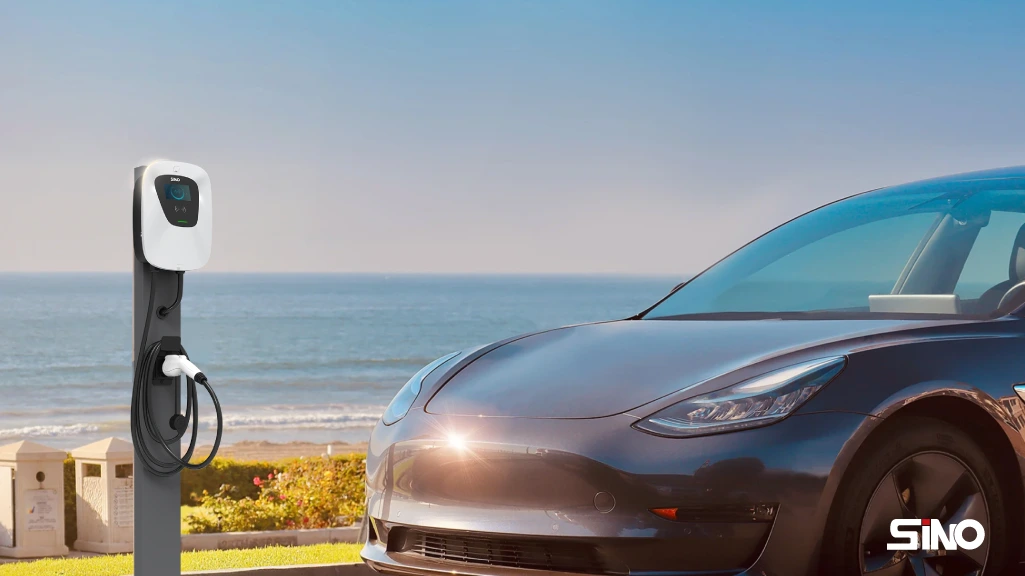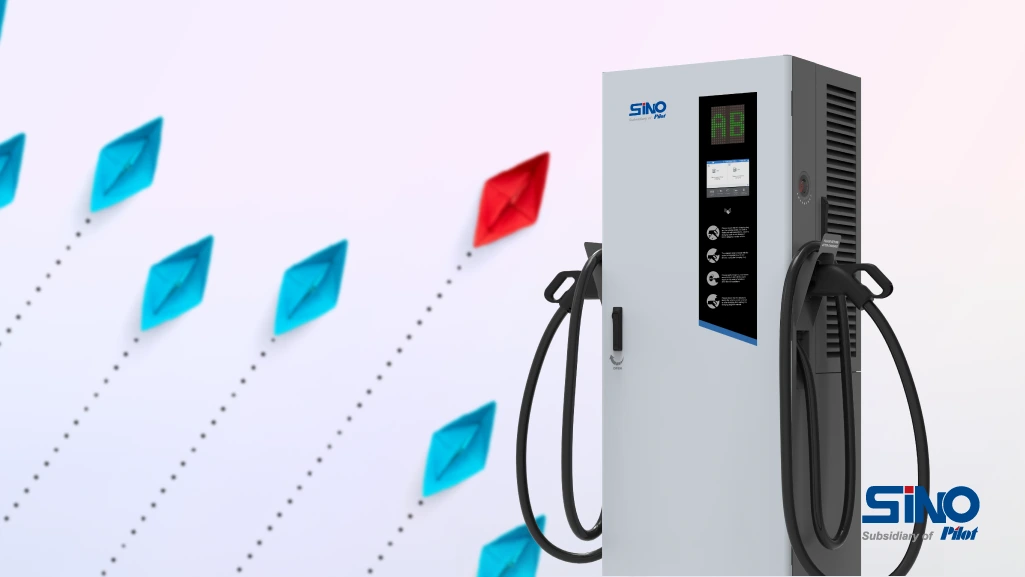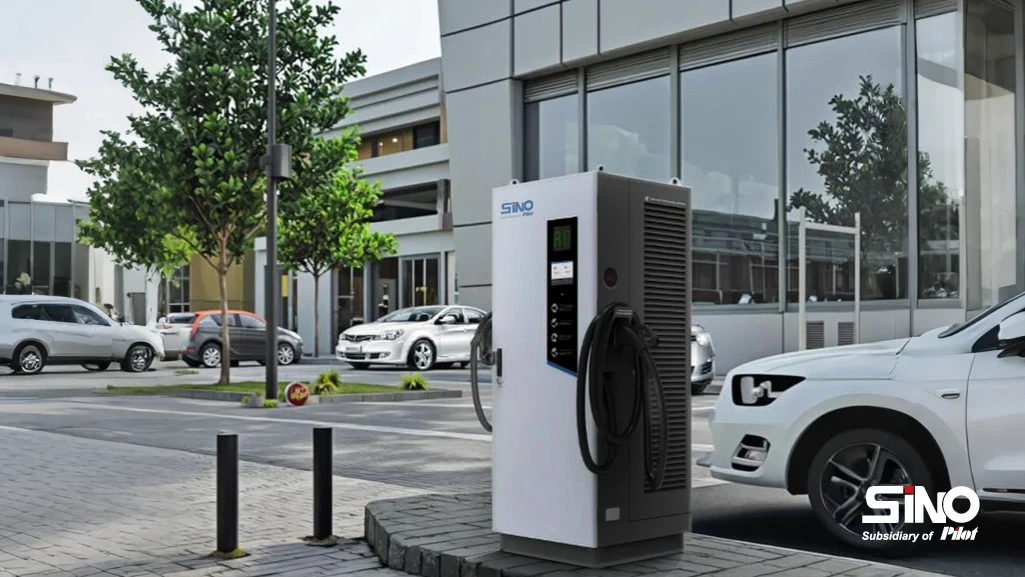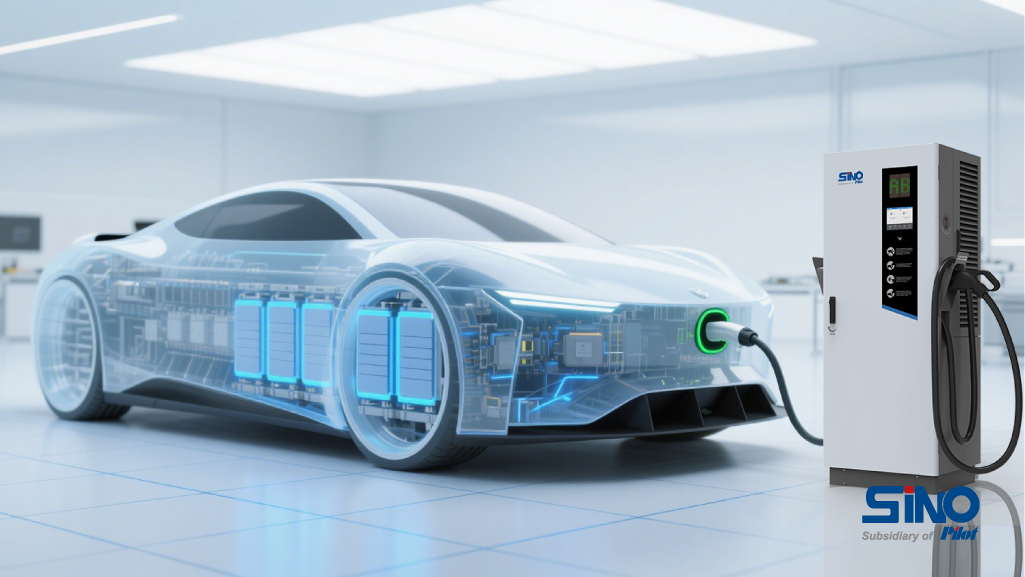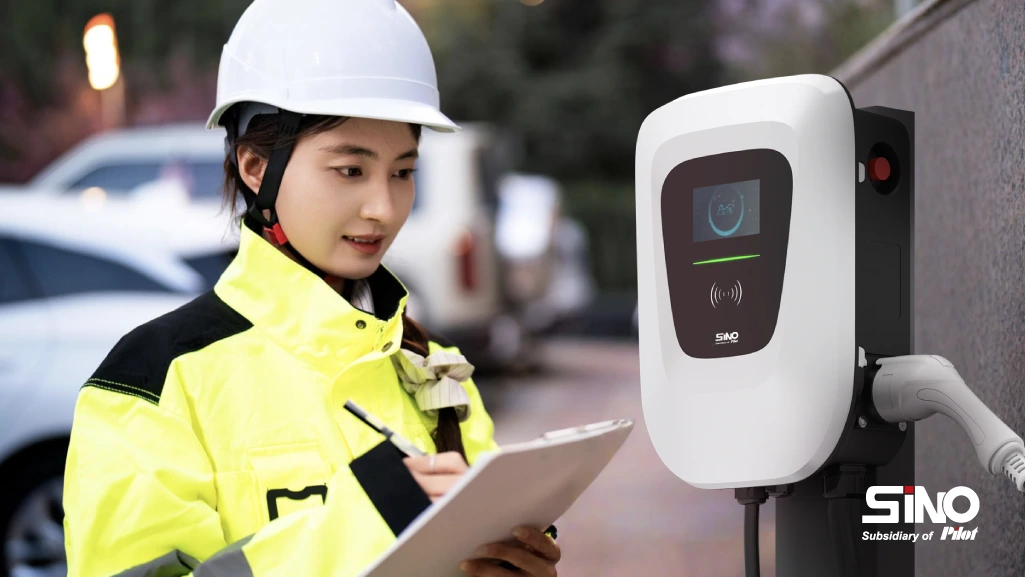Introduction
As more people switch to electric vehicles (EVs), questions about best charging practices are becoming more common. One question that arises frequently is: Is it harmful to leave your EV plugged in all the time? While it might seem convenient to keep your EV connected, understanding how it impacts battery health and energy efficiency is essential for making the most of your EV. In this article, we’ll dive into what happens when an EV is continuously plugged in, potential risks, and some best practices for optimal charging.
What Happens When You Leave an EV Plugged In?
When an EV is plugged in, it doesn’t simply keep charging indefinitely. Most modern EVs are equipped with a Battery Management System (BMS) that regulates charging, ensuring the battery doesn’t overcharge. This system automatically stops charging when the battery reaches full capacity and will only resume charging if the battery level drops below a certain threshold.
Many EVs even have maintenance modes that keep the battery at an optimal level without consuming excessive energy. This process helps extend battery life and prevents issues related to overcharging.
Potential Risks of Leaving Your EV Plugged In
While modern EVs are designed to handle continuous charging, there are still a few potential risks to consider.
1. Battery Degradation
Leaving an EV plugged in at 100% charge for extended periods can lead to battery degradation over time. Lithium-ion batteries, which most EVs use, tend to degrade faster when they remain at a high charge level. Although the impact may be minimal, consistently leaving an EV plugged in could slightly reduce its overall battery lifespan.
2. Standby Energy Consumption
When your EV is continuously plugged in, there may be a small amount of standby energy consumption. Although minimal, this power draw may contribute to slight inefficiencies in your home’s energy use, especially if the vehicle is rarely driven. Over time, this can slightly increase electricity costs.
3. Electrical System Wear
Constant plugging and unplugging or prolonged connected states can eventually cause minor wear on the EV’s charging port or cable. While not a major concern, it’s something to consider if you want to maximize the lifespan of your charging equipment.

Benefits of Leaving an EV Plugged In
Despite some risks, there are also benefits to keeping your EV plugged in, especially under certain conditions.
1. Battery Maintenance
Leaving an EV plugged in allows the Battery Management System to keep the battery at an ideal charge level. Many EVs have a feature that stops charging at around 80% if you set it manually, which helps reduce battery degradation and maintain health over the long term.
2. Convenience
The most obvious benefit of leaving your EV plugged in is the convenience of always having a fully charged vehicle ready to go. This is especially valuable for those with unpredictable driving schedules or for emergencies where you need a full battery.
3. Protection in Extreme Temperatures
Cold and hot temperatures can have a significant impact on battery performance. In colder climates, keeping your EV plugged in can allow the system to regulate battery temperature, ensuring that it remains within a safe range. Similarly, in very hot weather, being plugged in can help the system keep the battery cool, reducing potential thermal stress on the battery cells.
Best Practices for Charging Your EV
To balance battery health and convenience, here are a few best practices for charging your EV:
Use Smart Charging Settings: If your EV allows, use ev smart charging station or set a charging limit to avoid charging to 100% every time. Many EVs offer the option to charge to 80% or 90%, which is healthier for the battery if you don’t need the full range.
Utilize Timers or Smart Chargers: Smart chargers or timers can help you avoid keeping the battery at full charge for extended periods. Set the charging schedule to finish right before you plan to drive, ensuring a full battery without prolonged high charge.
Unplug During Long Periods of Non-Use: If you plan to store your EV for an extended time, consider unplugging it or setting it to maintain a charge level around 50-60%, as lithium-ion batteries tend to hold up better at mid-levels.
Monitor Temperature Extremes: If you live in an area with extreme temperatures, keep your EV plugged in when parked outside to let the battery’s thermal management system regulate temperature.
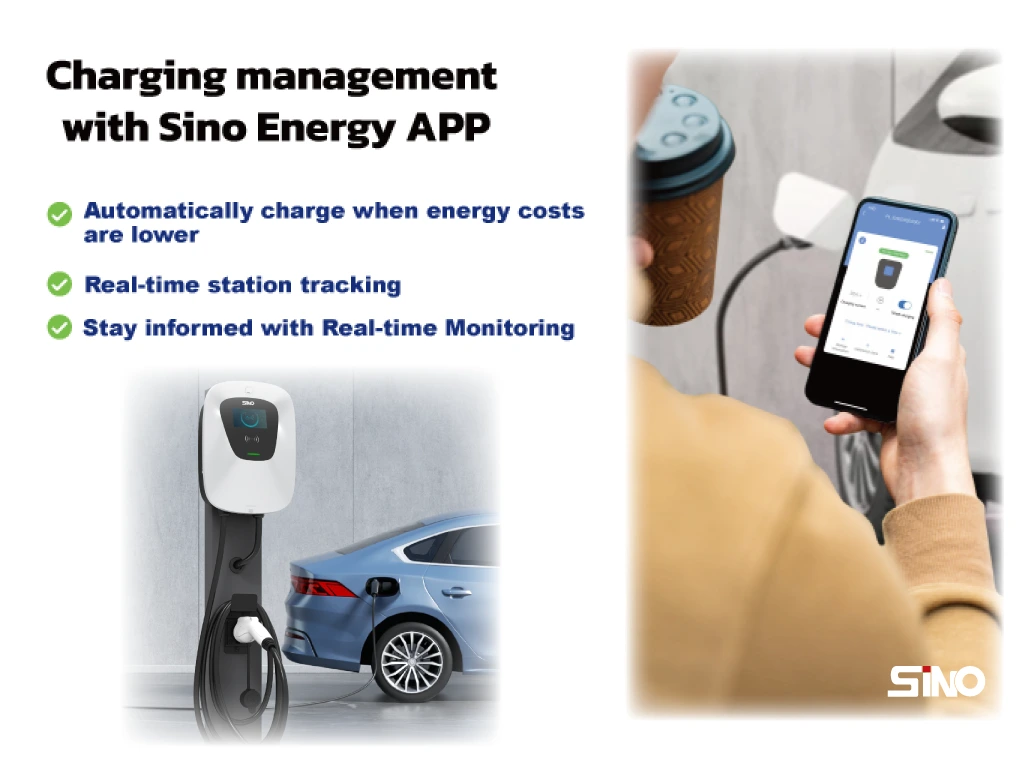
Conclusion
So, is it harmful to leave your EV plugged in all the time? The short answer is no, it’s generally not harmful, thanks to modern Battery Management Systems that prevent overcharging. However, it’s also best to avoid consistently keeping the battery at 100%, especially if you won’t be driving for extended periods. Following a few simple charging best practices can go a long way toward optimizing your battery’s lifespan and maintaining the efficiency of your EV.
Frequently Asked Questions (FAQs)
Q: Should I unplug my EV once it‘s fully charged?
A: It’s not necessary if you have a Battery Management System, but for battery health, it’s ideal to avoid leaving it at 100% charge for extended periods.
Q: Will leaving my EV plugged in overnight damage the battery?
A: No, as long as your EV has a Battery Management System, it will stop charging when full. Just try to avoid consistently charging to 100%.
Q: How does temperature impact the need to keep an EV plugged in?
A: In extreme temperatures, keeping your EV plugged in can help the battery management system maintain a safe temperature, protecting battery health.
By following these guidelines, you can enjoy both the convenience and optimal performance of your EV without worrying about potential battery harm.
Our Social
Facebook: www.facebook.com/sinoevc
Instagram: www.instagram.com/sinoevc
Linkedin: www.linkedin.com/company/sinoevse
Youtube: www.youtube.com/@sinoevc
Twitter: www.twitter.com/sinoevc

“Charging for A Better Life”
—Zhuhai Sino Energy Technology Co.,Ltd.



